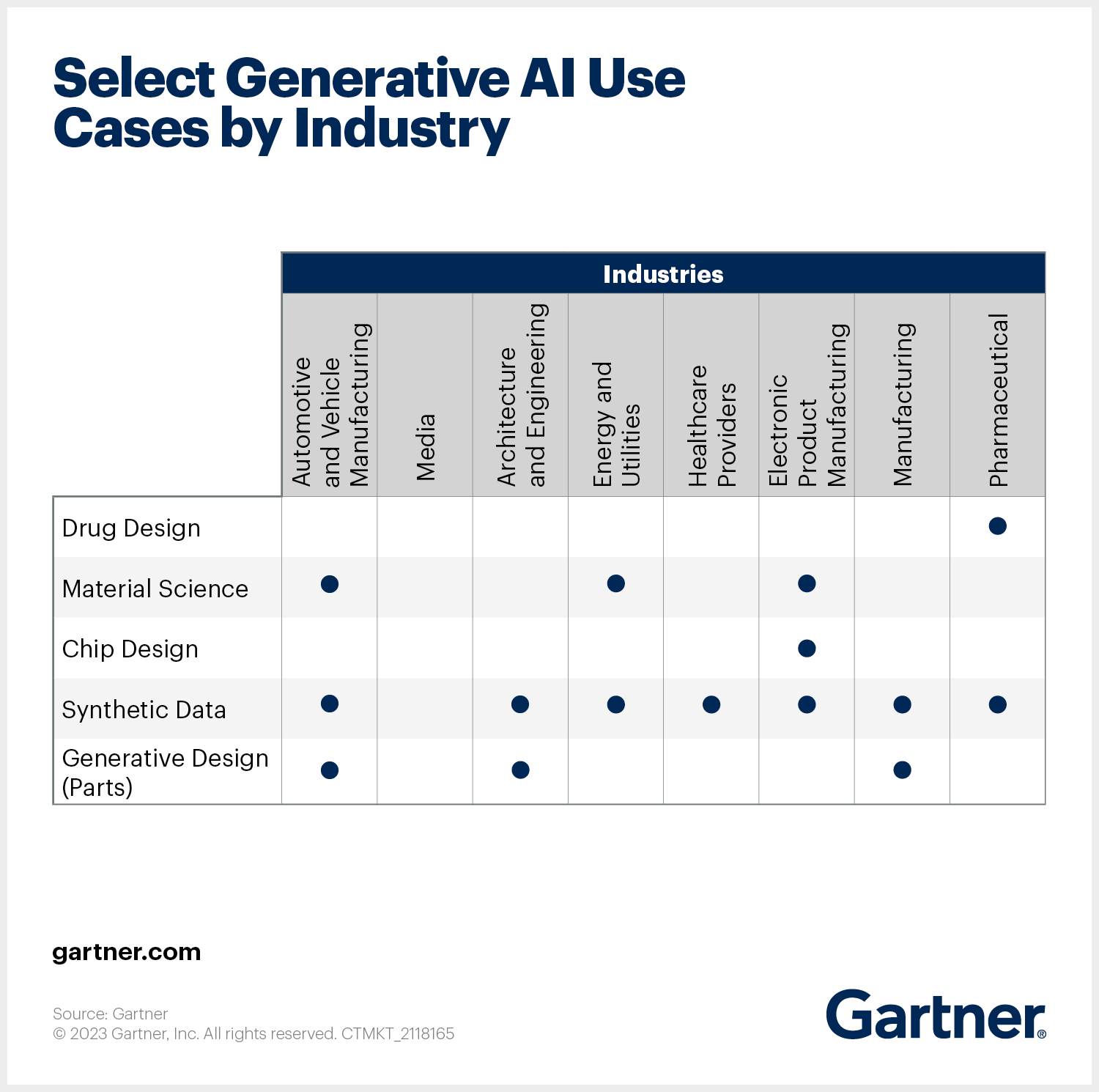How AI and Large Language Models are Revolutionizing Manufacturing
Written by Shyla Kumar Thadikamala 21 Jul, 2023
In recent years, the manufacturing industry has witnessed a technological revolution with the advent of large language models (LLMs), such as the Generative Pre-trained Transformer (GPT). These advanced artificial intelligence (AI) systems can understand and generate human-like text, revolutionizing various aspects of manufacturing. From streamlining operations and enhancing product design to improving supply chain management and customer service, large language models are proving to be invaluable tools for manufacturers. GPT models can help these industries automate processes, reduce costs, and improve efficiency, leading to superior products and increased customer satisfaction.

Data is generated across all phases of the manufacturing cycle, including supply chain, logistics, manufacturing, sales, customers, and after-sales service/warranty. Much of the data generated in the manufacturing industry is unstructured and estimated to be around 80% or more. Much of this unstructured data is in the form of text, such as customer feedback, support tickets, product descriptions, manuals, invoices, contracts, regulations, system logs, and reports on product problems, causes, and solutions.
There are numerous opportunities for industries to leverage large language models like GPT to solve current challenges, including:
• Extracting contextual information from huge documents and manuals
• Guided diagnostics based on historical product symptoms and solutions
• Language translations of product and service manuals
• Efficient maintenance and troubleshooting
• Customer support
Extracting contextual information
Context and problem: Creating manuals is mandatory in many cases due to regulations. These manuals help company technicians understand the product well for maintenance and are also aimed at end users to perform basic setup and preventive maintenance. As per an industry study, only 10%-15% of people refer to user manuals. While companies spend effort and money creating manuals, the usage is low and quick access to the required information is easy for users.
How GPT can solve this problem: Train the GPT model with required product manuals, interact with the model through Web or mobile applications or through various conversational channels such as Alexa, Slack, Teams, etc., for contextual information. This solution is cost-effective, simple, and highly user-friendly.
Language translations
Context and problem: Manufacturers produce product manuals for various markets in respective languages. Creating such multi-language manuals is expensive and time-consuming.
How GPT can solve this problem: Since GPT is capable of translating text into multiple popular languages, use GPT along with other Python libraries to retain the structure of the original manual. This approach will save millions of dollars and time for corporates.
Guided diagnostics
Context and problem: As part of the aftermarket phase of the business cycle, manufacturers perform maintain-repair-overhaul (MRO) activities. Technicians experience unique problems every day, and the objective of MRO is to fix the problem quickly to reduce the garage time of the product.
How GPT can solve this problem: Collect historical data on problems and applied solutions across the manufacturer’s MRO centers, process through GPT models, and recommend instant solutions to the problem in the order of probability. This solution saves significant time and helps the technician get relevant product information quickly.
Users can interact with GPT models through channels of choice, including mobile apps, and organizations can gamify the overall information exchange and learning process to engage employees better.
Efficient maintenance and troubleshooting
Context and problem: Maintenance and troubleshooting play a critical role in ensuring smooth operations and minimizing downtime in the manufacturing industry. Traditionally, these processes relied on manual inspections, scheduled maintenance routines, and reactive troubleshooting. Analyzing vast amounts of data to accurately identify patterns and anomalies that indicate potential equipment failures or maintenance needs is tedious and requires automation.
How GPT can solve this problem: Large language models are increasingly being utilized for predictive maintenance and troubleshooting in manufacturing facilities. These models can detect patterns that indicate potential equipment failures or maintenance needs by analyzing sensor data, equipment logs, and maintenance records. They can generate timely alerts and recommend appropriate maintenance actions, preventing costly breakdowns and optimizing equipment uptime. Moreover, language models can provide step-by-step troubleshooting guides when issues arise, helping operators diagnose and resolve problems more efficiently.
Customer | L1 Support
Context and problem: L1 support, also known as Level 1 support or first-level support, refers to the initial tier of technical support provided to customers or end-users. Many organizations spend significant effort solving basic questions from stakeholders with standard responses.
How GPT can solve this problem: Large language models help address L1 support by providing automated and intelligent assistance to handle routine inquiries and address common issues. Achieve this by training the LLM with historical questions and answers and service/user manuals.
Transformative technology
Large language models are transforming the manufacturing industry by empowering manufacturers with advanced AI capabilities. From enhancing product design and optimizing supply chain management to improving quality control and delivering personalized customer service, these models are revolutionizing various aspects of manufacturing operations. As technology advances, we can expect greater integration of large language models in the manufacturing landscape, leading to increased efficiency, reduced costs, and improved customer experiences. Manufacturers embracing these transformative technologies will undoubtedly gain a competitive edge in the dynamic and evolving industry.
About the author
Shyla Kumar Thadikamala (Shyla) has over 20+ years of experience in Information Technology in various domains such as Manufacturing, Banking, Insurance, and Smart Cities. He is currently holding BE, MBA, CBA, and FRM credentials and is pursuing a PhD in Artificial Intelligence. His areas of interest are building end-to-end Data & AI-based platforms, which are based on Data, Statistics, Natural Language processing, Video/Image Analytics, Operational Research, and Reinforcement Learning across multiple industries.
.png?width=774&height=812&name=Master%20final%201%20(1).png)